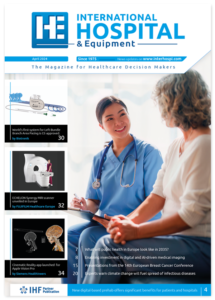SARS virus treatments could hold the key for treatment of MERS-CoV outbreak
A new type of coronavirus, the Middle East Respiratory Syndrome Coronavirus, MERS-CoV, was first found a year ago in a patient who died. It took several months before it was discovered that a new virus had emerged. New cases have been reported from Jordan, Qatar, Saudi Arabia, and the United Arab Emirates). France, Germany, Italy, Tunisia and the United Kingdom have reported imported cases coming from the Middle East. The virus has since been identified in just over 90 patients infected in the Middle East of which approximately 50% have died.
The new virus is closely related to the SARS coronavirus, which caused a global SARS outbreak ten years ago, spreading particularly in China, Hong Kong and Canada, before it faded out due to the usual public health tools of isolation and quarantine.
Similar to SARS, the new virus causes a severe, double-sided pneumonia and a high proportion of patients also experience kidney failure. The majority of cases have been found in Saudi Arabia, but cases have been seen in the United Arab Emirates and Jordan as well as Germany, France, Italy, Tunisia and the United Kingdom.
To limit the outbreak and reduce the risk of new cases, patients with MERS-CoV should be identified and treated before they have infected others or at least infected as few as possible.
A recent paper published in the International Journal of Infectious Diseases reviews the experience with different treatment modalities of SARS. SARS corona virus is a corona virus similar to MERS corona virus, also resulting in pneumonia as the most significant sign. It is therefore likely that treatments which worked on the SARS corona virus will also work at the MERS corona virus.
EurekAlert

